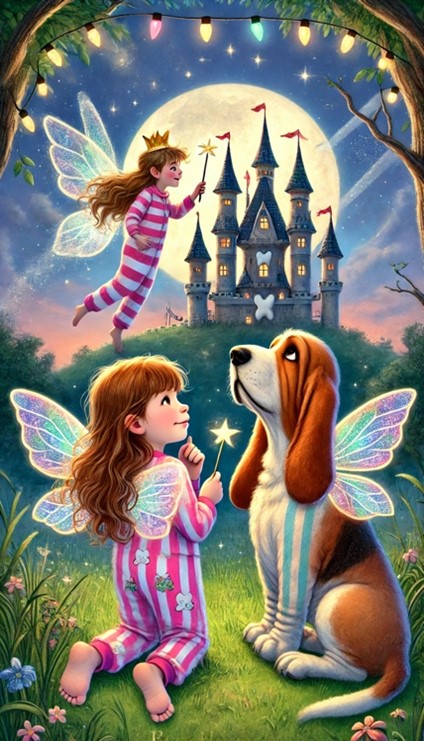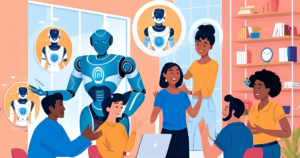Transforming Overnight: My Journey in Creating Cover Art with AI

Cover Art Creation: A Journey with AI
Getting Started
Creating cover art for children’s books might not seem like a typical task for someone with no background in art, illustration, or artificial intelligence (AI). Yet, here I am, learning how to design covers for my wife’s books like HELP! Santa is in Trouble. This unexpected journey began when the artist for her book became unavailable, and I was asked to step in to meet a tight deadline.
The Learning Curve
Initially, I thought my role as a cover designer would be short-lived, but I soon discovered that I would need to maintain a consistent style for upcoming projects, including HELP! Easter Bunny is in Trouble and HELP! Tooth Fairy is in Trouble. This shift not only tested my patience but also forced me to embrace the process of learning something entirely new.
The Role of AI in Art Creation
While diving into this new venture, I encountered various AI tools, like ChatGPT and ImageFX, that aided in generating cover art. However, working with these platforms came with its own challenges. It became clear that AI is still developing, and sometimes it doesn’t behave as expected.
Here are a few key takeaways about using AI for cover art:
- Patience is Key: AI tools can feel frustrating, especially when they don’t follow prompts perfectly. Just like toddlers, they can be unpredictable.
- Choose the Right Tool: Not all AI tools are suitable for image creation. For example, Claude and Perplexity are better suited for text than images. From my experience, ChatGPT has been the most effective.
- Be Creative with Prompts: Tailoring your prompts can have a big impact on the results. When generating images aimed at children, I often had to specify elements carefully.
Challenges and Solutions
Creating cover art is a trial-and-error process. For instance, I might start with a vision of two children and a dog—specifically a basset hound—with the Tooth Fairy flying over a castle. The first outputs sometimes missed crucial elements, like leaving out one of the children altogether! Here are some challenges I faced along the way:
- Missing Characters: Initial attempts often resulted in missing essential characters. For example, one prompt led to an illustration devoid of the boy.
- Wrong Perspectives: In my quest for a portrait-style cover, I received landscape views instead, which are not ideal for book covers.
- Unexpected Features: There were humorous outcomes, like the basset hound wearing pajamas or a castle with an incorrect number of towers.
Finding Success with Imperfections
After several revisions and discussions with the AI, we settled on a final design. Although it wasn’t flawless—like the castle having six towers instead of five—it worked well enough to convey the theme of the book. This leads to another important lesson I learned:
- Embrace Imperfections: Instead of striving for absolute perfection, adapt the elements you get. If a detail changes, incorporate it into the book’s narrative.
- Use Humor: Sometimes the quirks that arise in AI-generated images can add unintended humor that endears the book to its readers.
- Communication is Vital: Precise wording in prompts can significantly alter the outcome, leading to better results over time.
The Positive Feedback
Amidst all the ups and downs, I received feedback that I never expected. Despite my lack of experience, readers praised the book covers, particularly the recently released HELP! Easter Bunny is in Trouble. It’s a satisfying reminder that creativity can flourish even when we least expect it.
Final Thoughts on AI in Art
Even without prior knowledge of art or illustration, the experience has been incredibly rewarding. Using AI tools to create cover art has not only helped me grow creatively but has also taught me the importance of adaptability. Embracing an exploratory mindset can turn daunting challenges into valuable learning opportunities.
Whether you have a background in art or are just starting, don’t be afraid to experiment and create. Who knows? You might just surprise yourself with the outcome.





